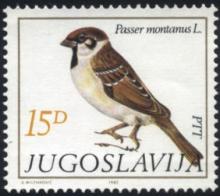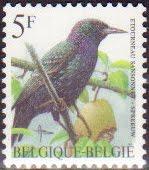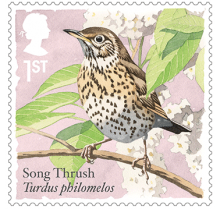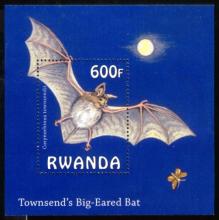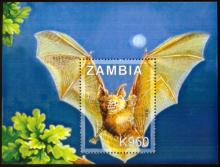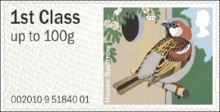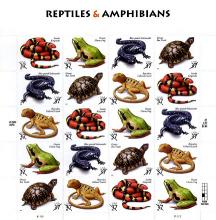
BY SONIA SHAH
For decades, toxicologists have accrued a range of evidence showing that low-level pesticide exposure impairs immune function in wildlife, and have correlated this immune damage to outbreaks of disease. In the past dozen years, three new diseases have decimated populations of amphibians, honeybees, and — most recently — bats. Increasingly, scientists suspect that low-level exposure to pesticides could be contributing to this rash of epidemics. The recent spate of widespread die-offs began in amphibians. Scientists discovered the culprit — an aquatic fungus called Batrachochytrium dendrobatidis, of a class of fungi called “chytrids” — in 1998. Its devastation, says amphibian expert Kevin Zippel, is “unlike anything we’ve seen since the extinction of the dinosaurs.” Over 1,800 species of amphibians currently face extinction. There is a strong correlation between pesticide use and declining amphibian populations. Six years after scientists discovered the fungal assault on amphibians, a mysterious plague began decimating honeybees.


